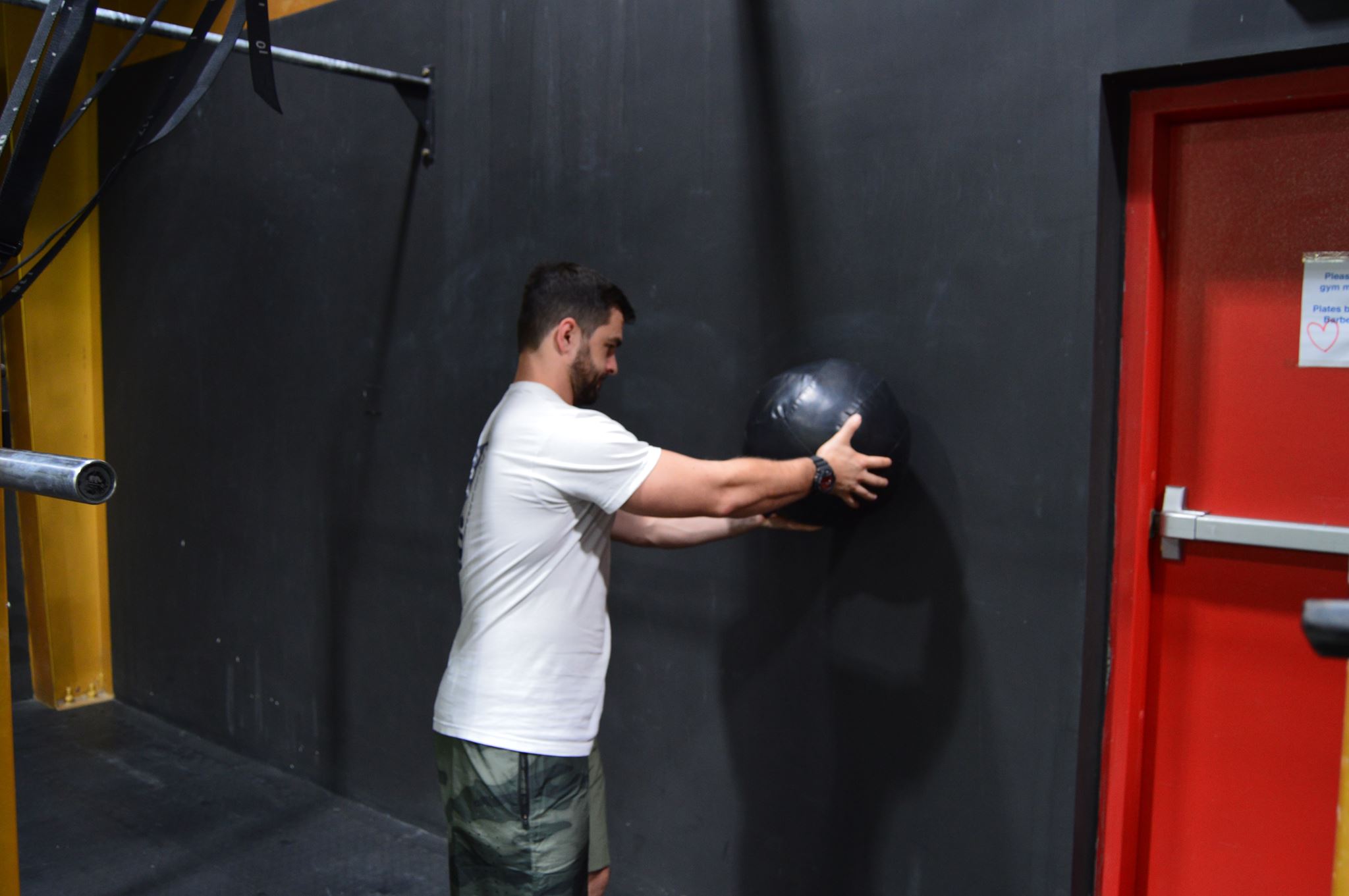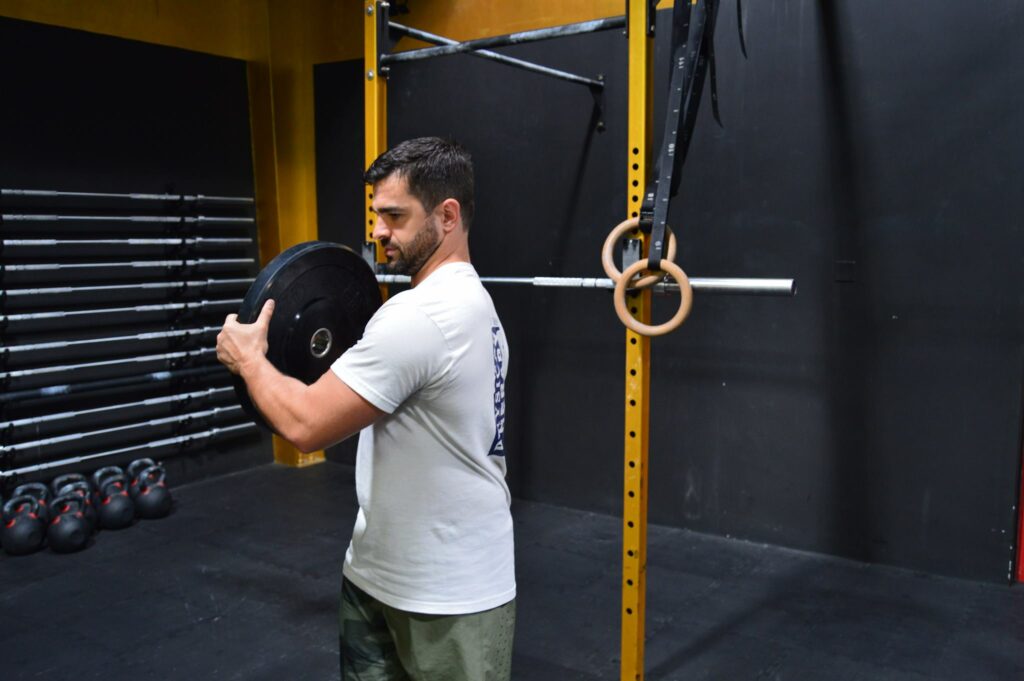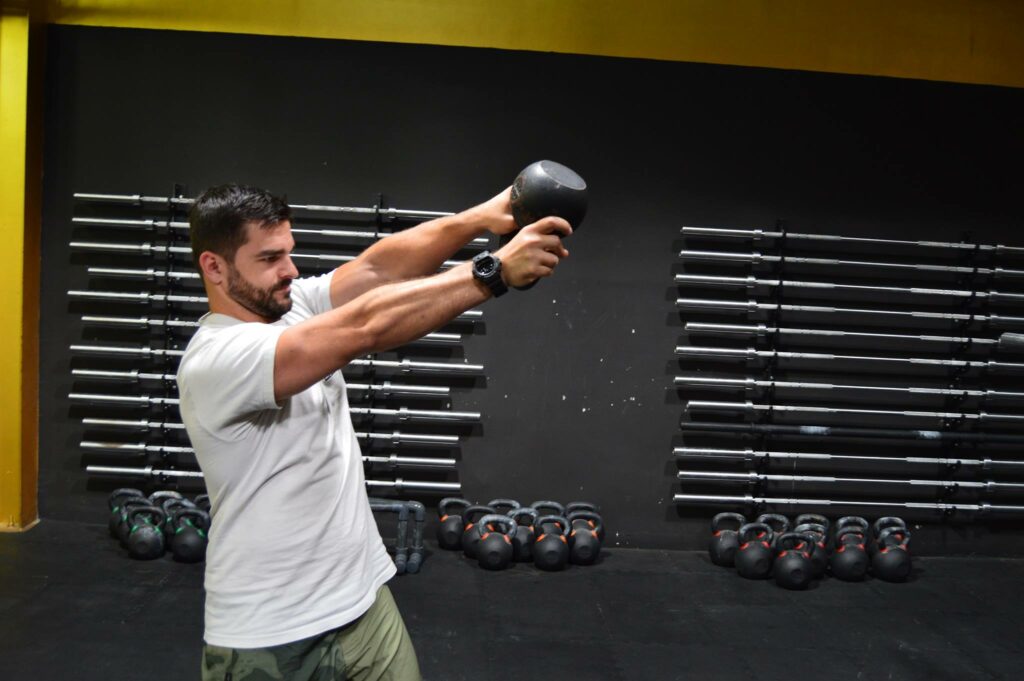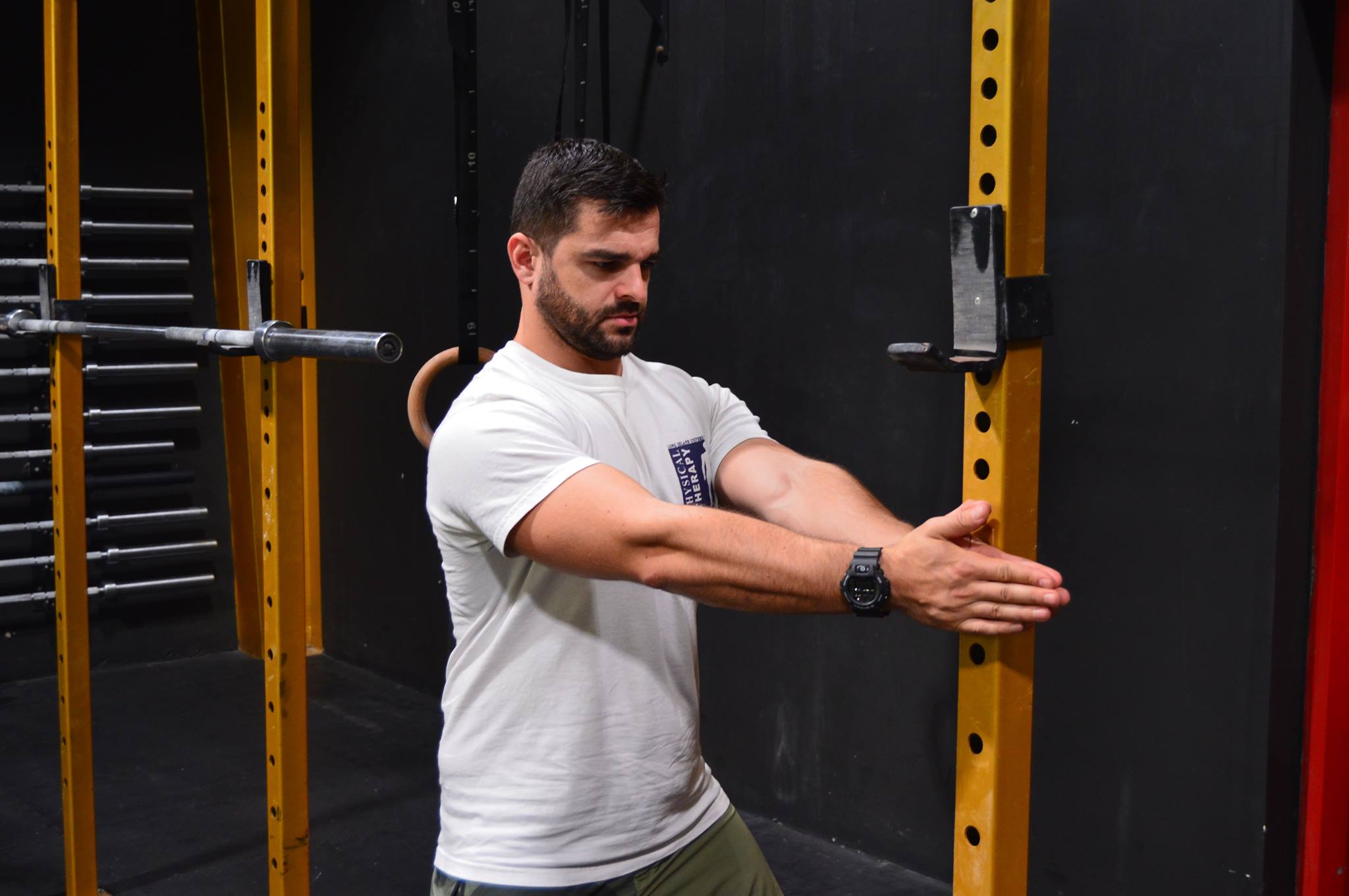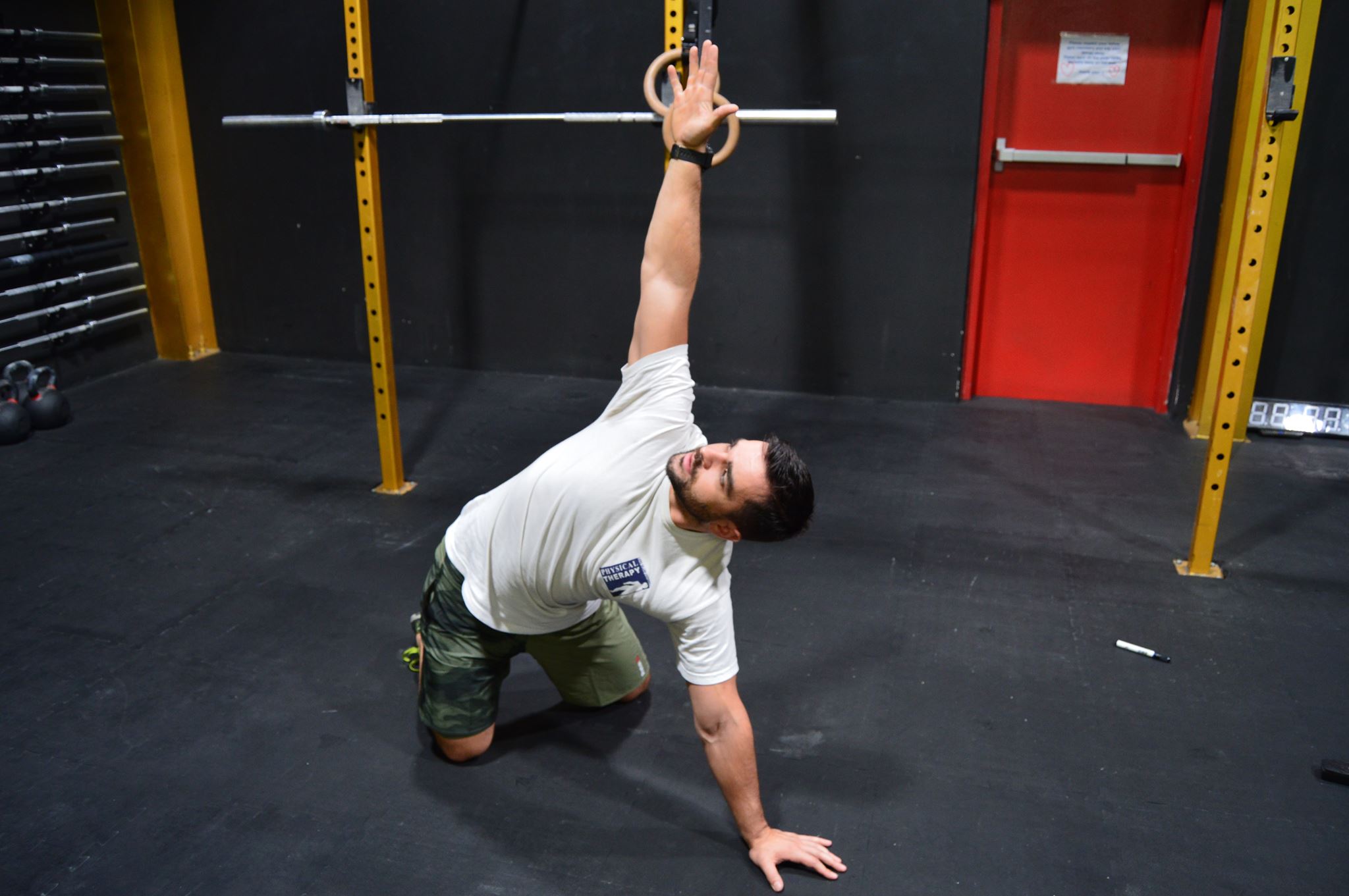Disclaimer from the author: If you are experiencing even slight discomfort, I highly recommend consulting with a practitioner well versed in helping prevent or heal orthopedic injuries. Even if you have no pain, it is worth getting an annual orthopedic check-up to identify risk factors such as imbalances or links to your most common physical activity.
Do you want to get stronger, more explosive, more stable? Want to be less likely to get injured? Here is a top tool so many people forget in strength sports: Rotate!
Our bodies work in 3 planes:
- Sagittal – forward backward/up down, e.g. bicep curls or squats
- Frontal – out to your sides and back towards your body, e.g. lateral arm raises or jumping jacks
- Transverse – rotating to the left and or right, e.g. passing a rugby ball to a teammate or throwing a punch
We are living in a very sagittal world. Powerlifting, Olympic weightlifting, functional fitness, and even bodybuilding are all very focused on movements that go forward and backward or up and down. And while everyone knows about the “core” and preaches the importance of it in sport, the forgotten plane is the almighty rotation.
The great news is the spine doesn’t require a ton of these rotation exercises, but the more you can add in, the better. So all I am asking for is 60 seconds on days you are training; choose one each day and make it pretty (all these should be performed with intention, care, thought…and love :)). Careful movement is more important than loading a lot of weight right off the bat.
The photos below provide us with some ideas you can choose from, but there are hundreds of options. Constantly vary these to keep the spine nice and healthy.
1. Ball tosses into the wall, really focus on using your trunk to throw it and not your arms
2. Plate rotations left to right and back
3. Kettlebell diagonal chops – start at right hip and finish above left shoulder, slow and controlled focusing on maintaining a nice upright posture
4. Anti-rotation – isometric hold into a solid object where you resist rotation, this can also be performed with a partner gently pushing your arms left or right in an unpredictable manner
5. Reach across and up as high as you can, controlled movement up and down
Editors note: This article is an op-ed. The views expressed herein are the authors and don’t necessarily reflect the views of BarBend. Claims, assertions, opinions, and quotes have been sourced exclusively by the author.
